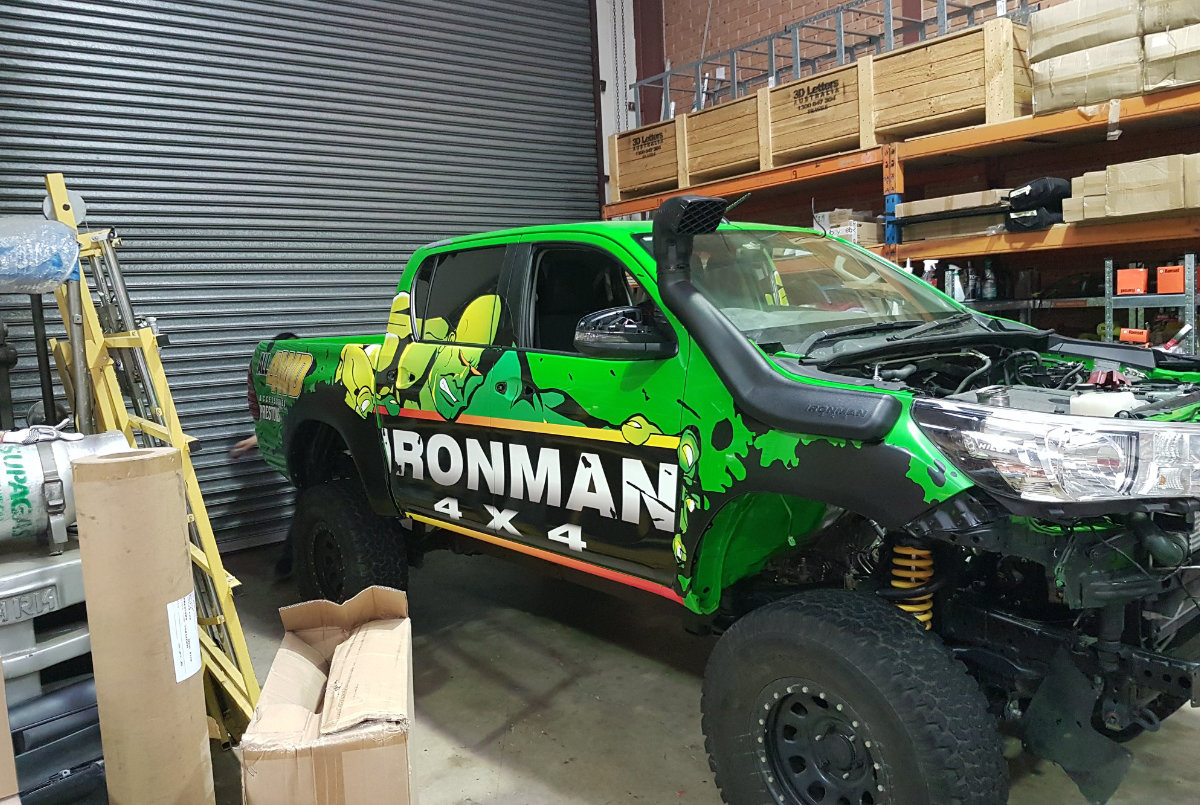The industry have a lot to say about Laminating Digital Prints, the primary means of production – printing, cutting, or both – but the finishing stage is often overlooked. This is a shame; finishing can be the difference between a glossy, eye-catching sign that can weather 30 years of abuse, and the flimsy, dull product that falls apart a year or two after you install it.
Lamination 101 – Why Laminate, and When to Do It
Lamination offers sign buyers a number of advantages, protecting precious graphics from scratches, chemicals, UV exposure, and general weathering, all of which can fade designs or wash pigments off of prints. Lamination is highly recommended for any signs intended for outdoor use.
What are the benefits of laminating digitally printed graphics?
The use of a thermal laminate adds value and quality to graphics in both aesthetics and function. For added aesthetic appeal, laminates are available in various finishes including gloss, matte, satin, scratch-resistant, and decorative holograms and foils. Many thermal lamination films also feature surface coatings that are receptive to spot coatings, foils, and glues.
The use of a laminate will protect and provide a longer life to the graphic. If the application requires rigidity, thermal laminates can provide added body for strength and portability.
Lamination can provide very effective light fastness to prevent or reduce image fade, and increase moisture resistance.
Finishing Up With Finishing – Trimming Your Laminate
A simple safety ruler and shop table are all you really need to trim your laminate, but it’s not necessarily the most efficient approach.
Ideally, you want to leave your trimming to your manufacturer. Wild FX Signage & Print use Laminating Digital Prints with clients who requirea degree of professionalism.


Leave A Comment